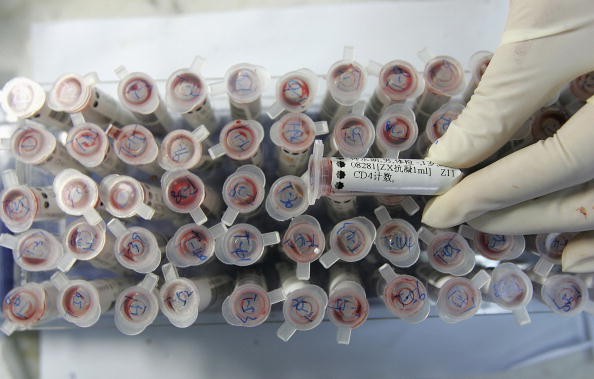
The epidemic of sexually transmitted diseases (STDs) in the United States is increasing, the U.S. Centers for Disease Control and Prevention announced. The most common sexually transmitted infection, chlamydia, has risen to record levels, CDC officials said.
The 2014 total of more than 1.4 million cases of chlamydia, which translates to 456 cases per 100,000 people, was the highest number of annual cases of any condition ever reported to the CDC.
Reported cases of three infections-chlamydia, gonorrhea and syphilis-all increased in 2014. Chlamydia cases had dipped in 2013, but chlamydia rate for 2014 was up almost 3% from 2013, the CDC reported Tuesday. Gonorrhea cases totaled 350,062, up 5% from 2013. The most contagious forms of syphilis increase in number by 15% in 2014. This increase in cases of syphilis occurred mainly in gay and bisexual men.
Most cases of gonorrhea and chlamydia infections occurred in people aged 15 to 24, which is a continuing trend. Both of these infections can cause infertility in women, but can be treated with antibiotics. They often have no symptoms. Yearly screening is recommended for all sexually active women under age 25, but many young women do not get tested and their infections go unrecognized and untreated, the CDC said in a statement.
There are more than 70 infectious diseases, such as measles, chickenpox, and tuberculosis, for which all confirmed cases must be reported to the CDC. Sexually transmitted diseases are among for which reporting is required. On the other hand, flu is reported differently, and is counted by number of people hospitalized for flu rather than the number of diagnoses.
"America's worsening STD epidemic is a clear call for better diagnosis, treatment, and prevention," said the CDC's Dr. Jonathan Mermin, director of the National Center for HIV/AIDS, Viral Hepatitis, STD, and TB Prevention, which is part of the CDC. "STDs affect people in all walks of life, particularly young women and men, but these data suggest an increasing burden among gay and bisexual men."
The CDC recommends that all sexually active people use condoms consistently and correctly, and limit the number of sex partners, which are all effective strategies for reducing the risk of infection.
You can read the CDC report here.



